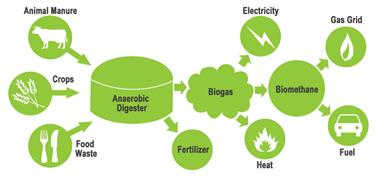Free Courses Sale ends Soon, Get It Now


Free Courses Sale ends Soon, Get It Now



Disclaimer: Copyright infringement not intended.
Context
Compressed Biogas
Benefits of CBG
There are multiple benefits from converting agricultural residue, cattle dung and municipal solid waste into CBG on a commercial scale:
CBG Plant at Sangrur, Punjab
Benefits of this plant at Sangrur
Final Thought
|
SATAT SCHEME Sustainable Alternative Towards Affordable Transportation (SATAT) is an initiative aimed at setting up of Compressed Bio-Gas production plants and make CBG available in the market for use as a green fuel. The Scheme targets entrepreneurs to set up Compressed BioGas plants and later sell this fuel so obtained to Oil Marketing Companies as automotive or industrial fuel. The initiative was launched in 2018 by the Ministry of Petroleum & Natural Gas. There are 4 clear-cut objectives of the SATAT scheme. They are as follows - Decreasing dependence on import of fuel. Making use of more than 62 million metric tonnes of waste generated each year in India. Boosting job creation in the country. Reducing vehicular emissions and harmful emissions from the burning of agricultural waste. |
Read: https://www.iasgyan.in/daily-current-affairs/biogas
https://pib.gov.in/PressReleasePage.aspx?PRID=1868887
© 2024 iasgyan. All right reserved